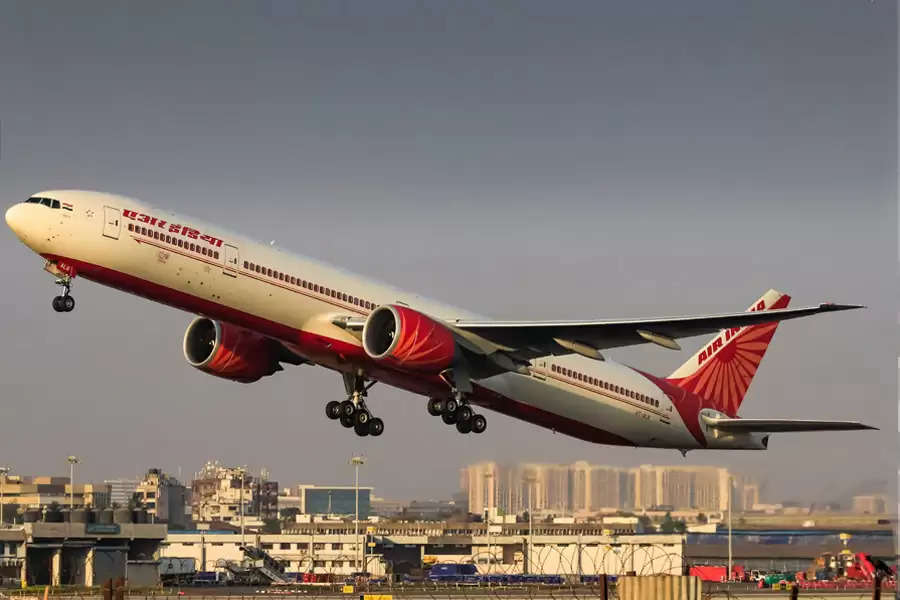Why is Rakesh Jhunjhunwala's Akasa in peril because of the Tata-Air India deal?

Akasa, the much-publicized startup airline, has yet to make any advances beyond maverick investor Rakesh Jhunjhunwala's public acceptance of his investments. Few carriers cause you to sit up and take note of them before their engines even start. When IndiGo ordered 100 planes at the Paris air show over a decade and a half ago, many people wrote it off before the first flight.
Akasa, which received its No Objection Certificate (NOC) on October 11, as well as Vistara and AirAsia India, would be observed immediately away. While being in the news for the right reasons is important, aviation in India is frequently in the news for losses and how vicious the business is.
Profits are difficult to come by.
If Akasa needs to compare and contrast anything, it should look at AirAsia India's journey. Tony Fernandes, another maverick, was making bold pronouncements, and his newly appointed CEO was certain that the company would break even within the first year of operations. Due to severe competition, they were forced to abandon their first route between Bengaluru and Chennai. With AirAsia Bhd no longer injecting capital and the Tata group now holding 84 percent of the company, the airline has failed to break even. A 100 percent ownership is expected by March next year.
Vistara, the last big airline to enter the Indian market, has also hinted at profits. The ultra-premium carrier has changed its aircraft configuration several times and now has an all economy-class fleet. Not only that, but the airline had also begun offering a unique price class with a Buy on Board option.
Airlines have suffered losses across the board, including Jet Airways, where the majority of the Akasa staff formerly worked. While many members of the Akasa team spent more time at Jet Airways, CEO Vinay Dube only had a brief tenure as the airline's turnaround guy. Jet Airways, on the other hand, was forced to shut down in April of this year.
What role does Akasa play?
Akasa is considered an Ultra-Low-Cost Carrier (ULCC). The airline's management team does not have a lot of experience with LCCs or ULCCs. Nonetheless, optimism is high, thanks in part to Jhunjhunwala's association with the carrier.
The going will be tough for Akasa, with slots running out fast across the country and the Tata Group, with four carriers, trying to integrate and increase its position in the key metros and Tier I cities. While half of the market was fragmented until last month, when Air India is fully transferred, the market will be divided into two big players: IndiGo, which will control half of the market, and the Tata group, which will control a quarter.
It will also be difficult to push smaller operators like AirAsia India, and Go First will have a plan in place with the finances collected from its planned IPO by the time Akasa takes to the skies. SpiceJet is also anticipated to weather its cash difficulties, at least in part, thanks to the spin-off of its cargo division.
What happens when the NOC is issued?
Vistara was founded in October of 2013 and received its first plane in September of the following year. In January 2015, the airline began operations. As the government seeks to focus on the convenience of doing business, Akasa's journey may be smoother.
The airline has yet to reveal the type of fleet it will use. While there are plenty of pilots available, the situation is rapidly changing as more countries open up, such as New Zealand, Australia, and Singapore, which are pressing for a plan to live with COVID-19 rather than a zero-Covid approach. As a result, airlines have begun to hire laid-off pilots and are filling new positions.
Pilot availability may also be influenced by the fleet type chosen by the airline. Because captains in India have a one-year notice period, the airline would have to plan ahead of time to guarantee that it has a consistent crew or rely on expensive ex-pats.
The airline will now wait for the DGCA to give an Air Operating Permit (AOP), which will be issued once the regulator is satisfied with all aspects of operations and safety. This will entail checking and verifying numerous manuals as well as ensuring that the airline fills all mandatory roles. The airline would be required to conduct proving flights with DGCA inspectors on board shortly before the AOP is issued.
The initial hurdle has been cleared with the NOC, and the real race is about to begin.
.png)